-
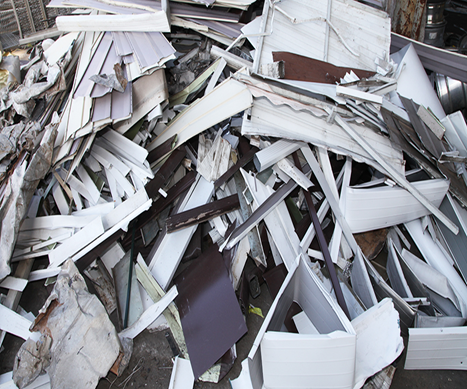
Aluminum (12)
-
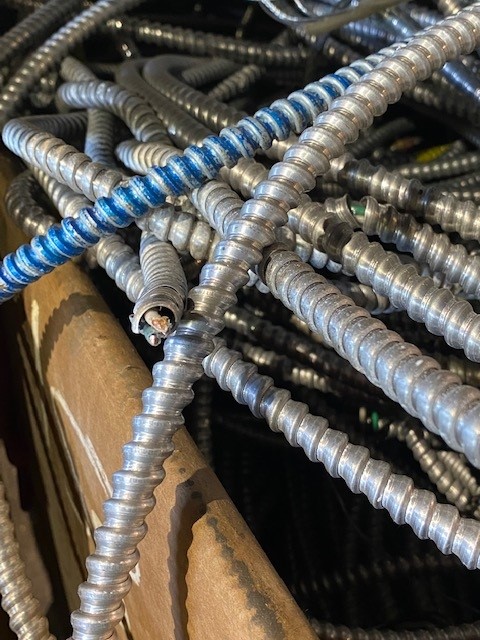
Aluminum | Copper (1)
-
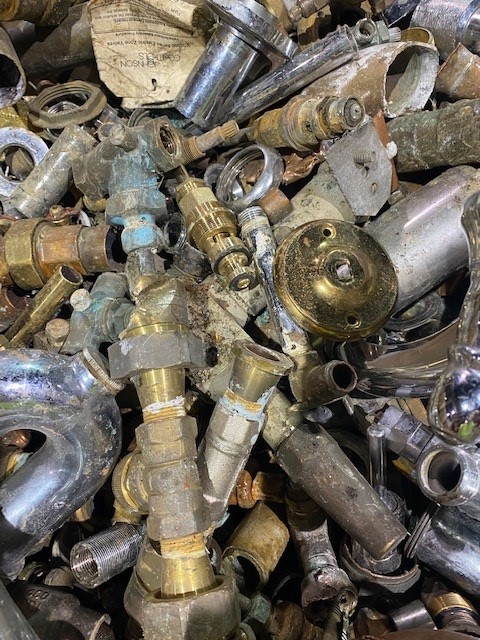
Brass (6)
-
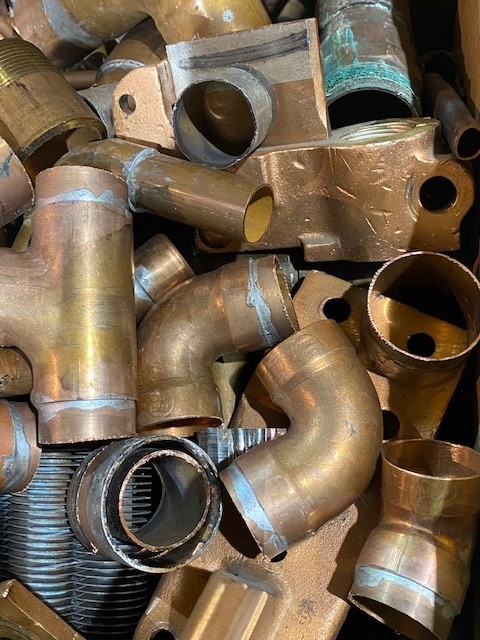
Copper (11)
-
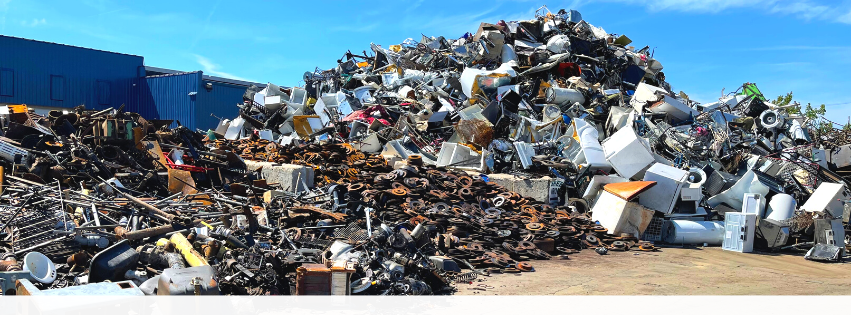
Ferrous (6)
-
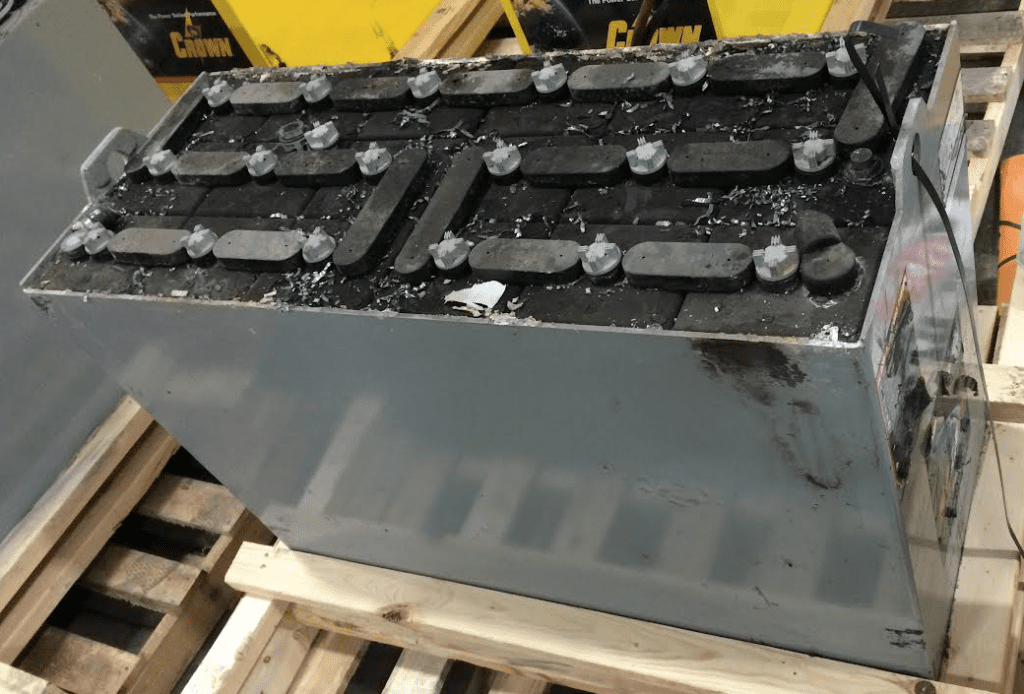
Lead & Misc (4)
-
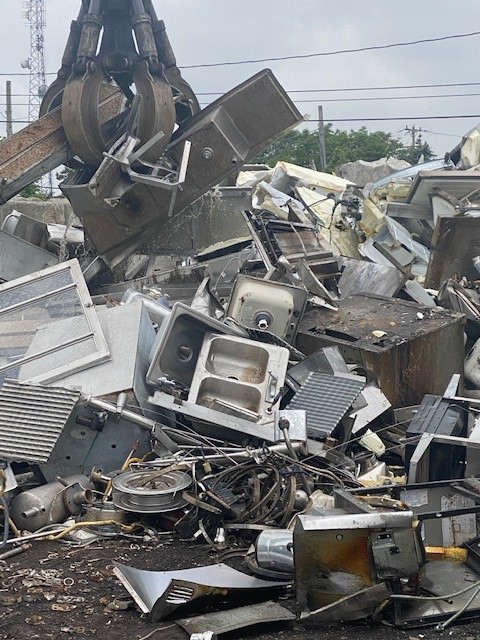
Stainless Steel (4)
-

Offerings (15)
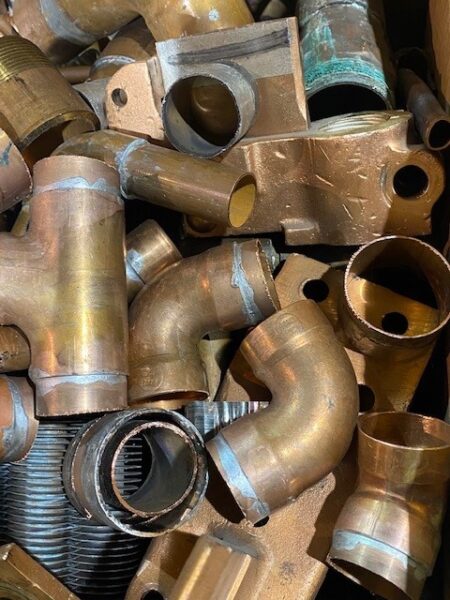
Lower purity copper with a minimum 94% copper content, often containing impurities such as solder, paint, or other coatings. Typically sourced from miscellaneous copper items, such as tubing, fittings, or less clean copper wires.
| Price | $2.73 |
Scrap #2 copper refers to a specific grade of copper scrap that is slightly lower in quality compared to scrap #1 copper. While it is still valuable and suitable for recycling, it may have certain imperfections or contaminants that classify it as #2 grade.
When referring to scrap #2 copper, it typically includes copper materials that may have some level of impurities or attachments. This can include copper pipes, wires, sheets, and other solid copper items that may have coatings, solder, or minor amounts of other metals.
Scrap #2 copper is still valuable in the recycling industry as it contains a significant amount of copper, but it is priced lower compared to the higher-grade #1 copper. The presence of impurities or attachments requires additional processing and refining steps to remove or separate them from the copper.
Recycling facilities and scrap metal yards collect and process scrap #2 copper, where it undergoes sorting, cleaning, and sometimes melting processes to extract the valuable copper content. The recycled copper can then be used to produce new copper products or components.
By recycling scrap #2 copper, valuable copper resources are conserved, reducing the need for primary copper extraction and minimizing the environmental impact associated with mining and refining. Recycling also offers energy savings and contributes to the circular economy by promoting the reuse of materials.
In summary, scrap #2 copper represents a slightly lower grade of copper scrap compared to #1 copper. It may contain impurities or attachments that require additional processing for recycling. Recycling scrap #2 copper supports resource conservation, energy savings, and sustainable metal production practices.
